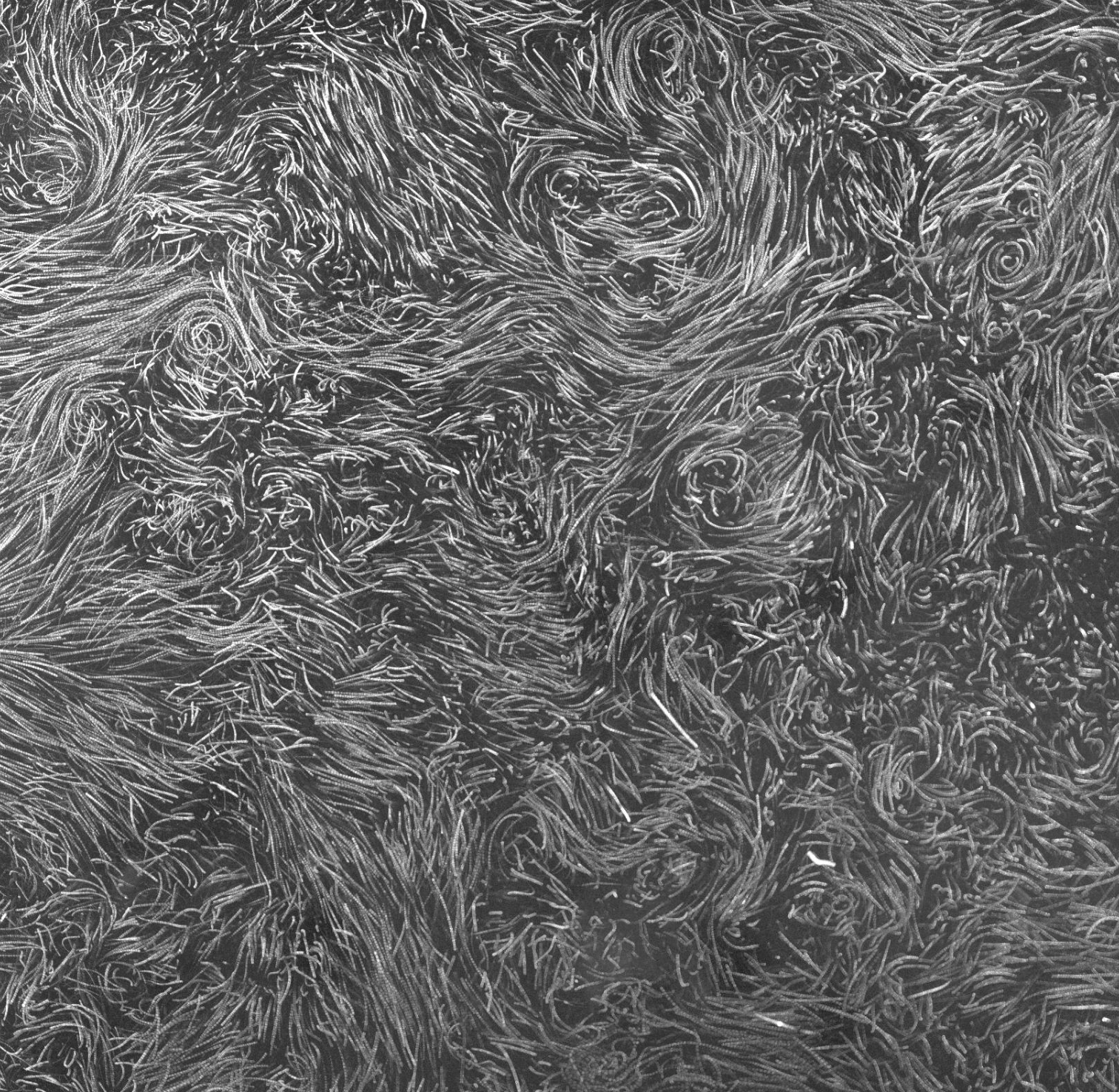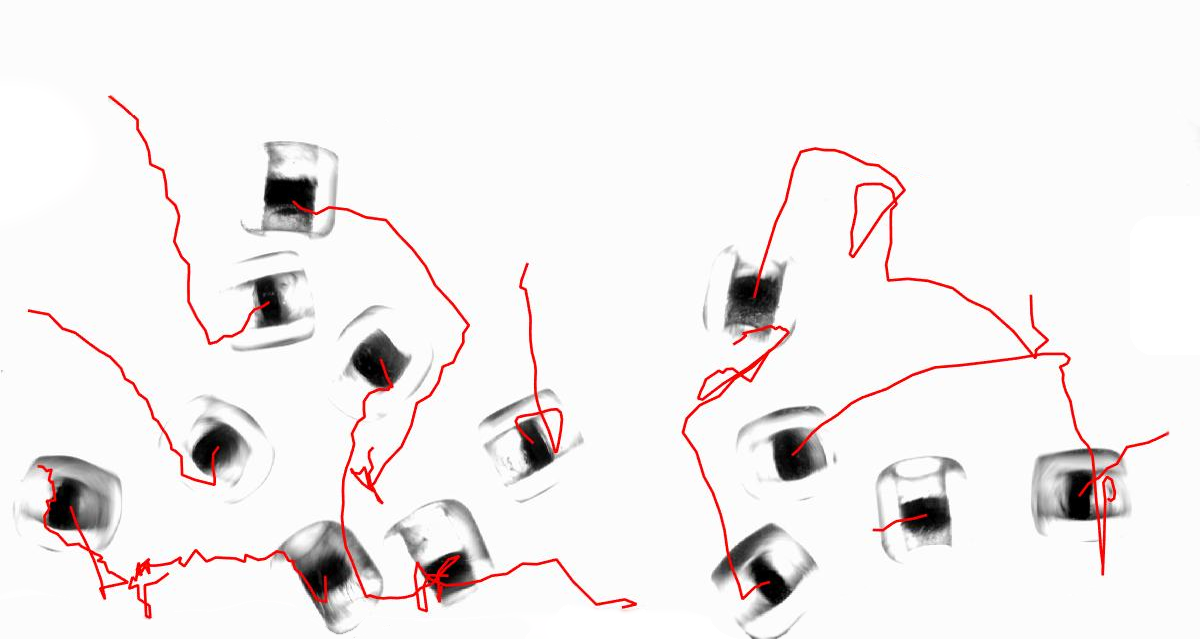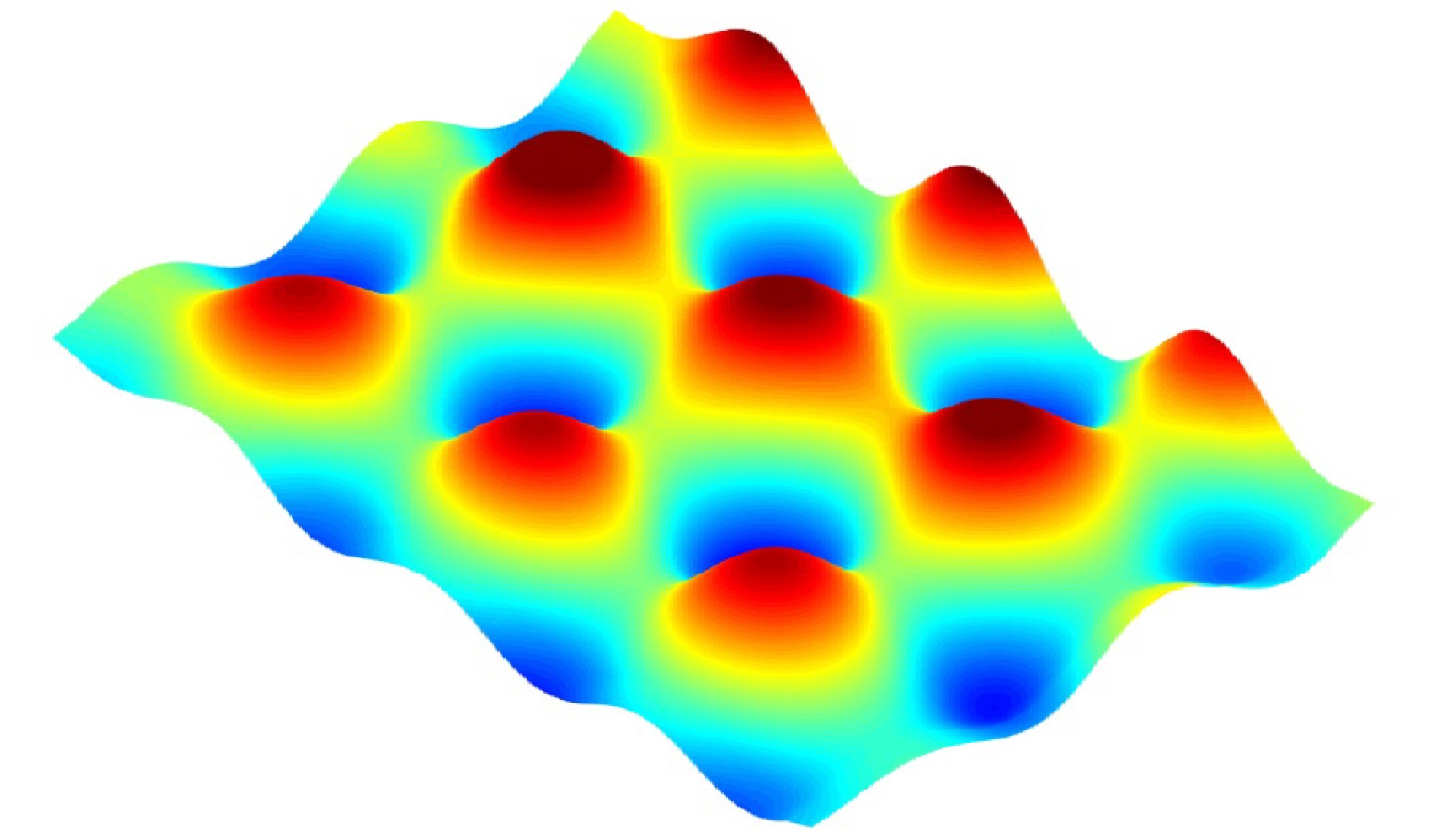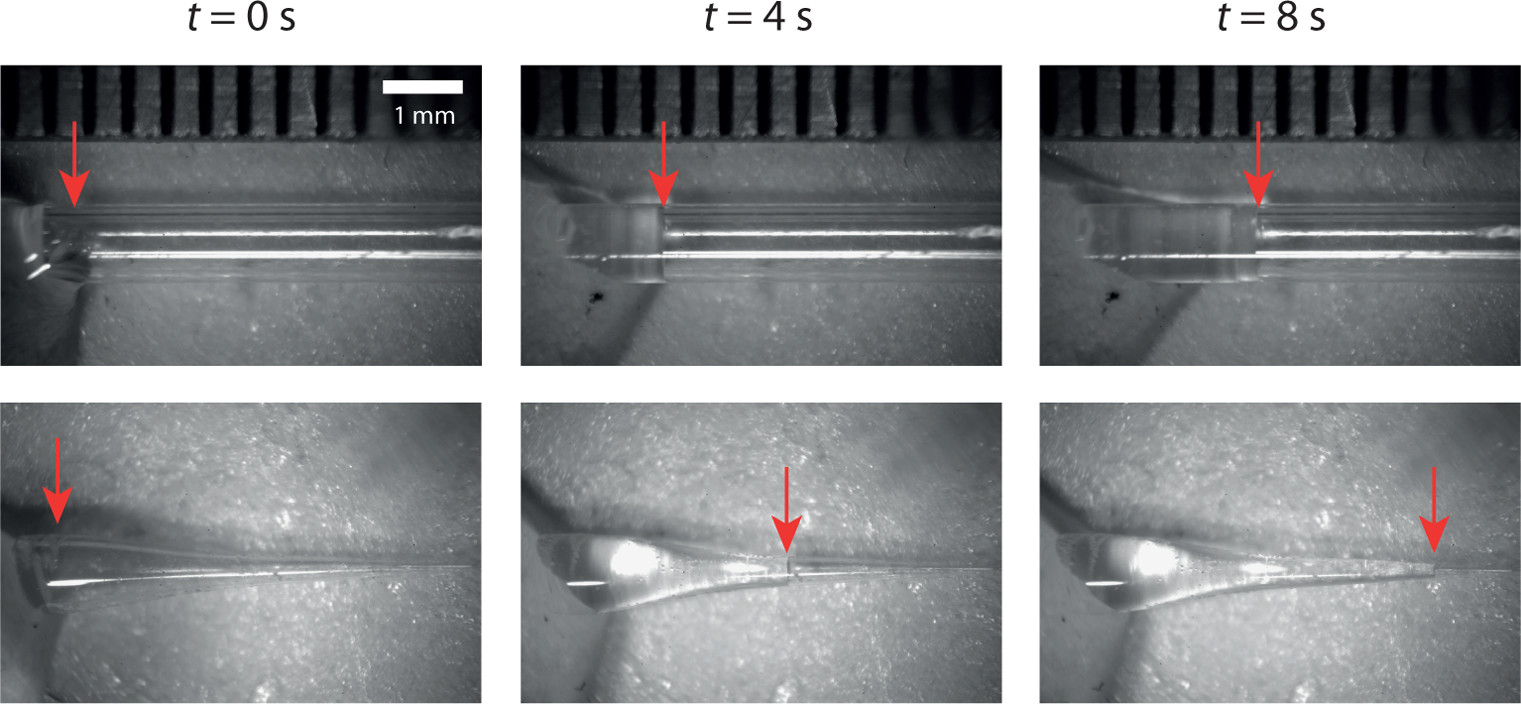Research
Here you can find brief descriptions of my previous and current research projects.
3D Turbulence
In fluid dynamics, turbulent flows are characterized by rapid variations in pressure and flow velocity, contrasting with laminar flow, where fluids move in smooth layers. Such flows are multi-scale phenomena, where unsteady vortices of varying sizes transfer kinetic energy to smaller scales through a cascading process until the energy is dissipated by viscosity. Although much research has focused on this transfer of energy towards small scales, the dynamics of the large-scale of turbulent flows still lack a comprehensive understanding, despite their significant impact on industrial, geophysical, and astrophysical processes. Understanding these large-scale dynamics is crucial, as they control the transport of momentum and dispersion of pollutants.

Multi-particle systems
Granular gases are many-particle systems in which individual particles undergo random motions, and their dynamic differs from molecular gases due to the energy loss during collisions. The inelastic collisions between the particles imply that granular gases are dissipative and require a constant input of energy to compensate for the loss of kinetic energy. We have experimentally studied the dynamics of a set of magnetic stirrers energized by a vertical oscillating magnetic field. Our results show that the conversion rate of angular momentum into linear momentum during the collisions controls the dynamics of this homogenously forced granular gas.

Spinning particles in fluids
A spinning body in a fluid produces a vortex and transfers angular momentum to the surrounding fluid by viscous dissipation and inertial effects. We have shown that fast-spinning floating discs generate localized 3D vortices and can perform self-guided propulsion near a solid boundary. The propulsion velocity and the distance to the wall are controlled by the angular velocity of the disc via a balance between the Magnus and wall repulsion forces. We have also demonstrated that such rotating discs at the liquid–gas interface can be efficiently manipulated using the surface-wave analogous to optical lattices. Multiple discs in such lattice can self-organize into stable patterns, e.g., triangles or squares.

Hydrodynamic Waves
Hydrodynamic waves are perturbations of a fluid interface that can develop across different ranges of scale. Recent studies have shown that several theoretically expected wave field properties in structured waves can be experimentally observed in water surface wave lattices. Such field properties include canonical momentum density and spin density, usually considered abstract and non-observable in electromagnetic or acoustic waves. These lattices consist of two orthogonal standing waves, which generate surface flows of counter-rotating vortices, guiding floating particles along closed trajectories.

Low Reynolds Number Flows
Low Reynolds Number Flows are dominated by viscous forces, which impact fluid dynamics in confined spaces like capillaries. We focused on investigating capillary imbibition in tubes with decreasing radius, showing that converging tubes can significantly accelerate liquid absorption compared to the classic Washburn’s law. Additionally, we analyzed the steady motion of non-wetting droplets in circular capillaries, developing an analytical formula for the droplets' speed based on the capillary number and the viscosity ratios. These findings have important implications for enhancing fluid control in microfluidic applications.
